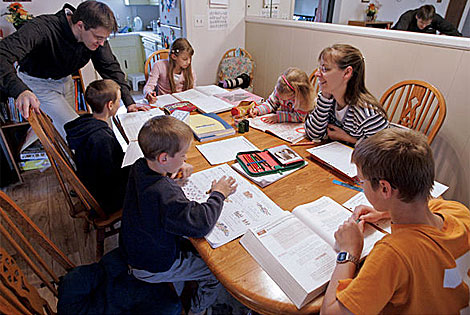Hello everyone :)
Today is my last entry from Didàctica de l'Anglès. I would like to give my opinion about the experience to do this blog. I'm a little sad.
Firstly, I would like to say I enjoyed doing it. Why? Because it allowed me to express my opinion on what had worked in class. Many times our opinion is not important. But, the fact to share my opinion and watching the classmates's opinions on the differents topics that we have learned in class, this was good and a better way to understand the concepts from the subject. Some blogs are really good.
So, I would like to say thank to Theresa and Neus for sharing their experience with us and giving us some great advice and a wild desire to keep working and learning. Thank you for trusting us and giving us your vision so pretty on the office of teacher.
I would like to say thank all the people who someday read some entry and enjoyed. Thanks a lot.

Thanks a lot to my classmates and specially, my collegues in this adventure: Adriana Sàenz and Laia Mur. Was a pleasure to do all the projects with us: I have learned a lot with you.
And now, is coming....Pràctiques 3. My last practices like a student. I think is a fantastic experience to realize if you want to be a techaer. So, here I go.
See you soon:)
Clara ***









